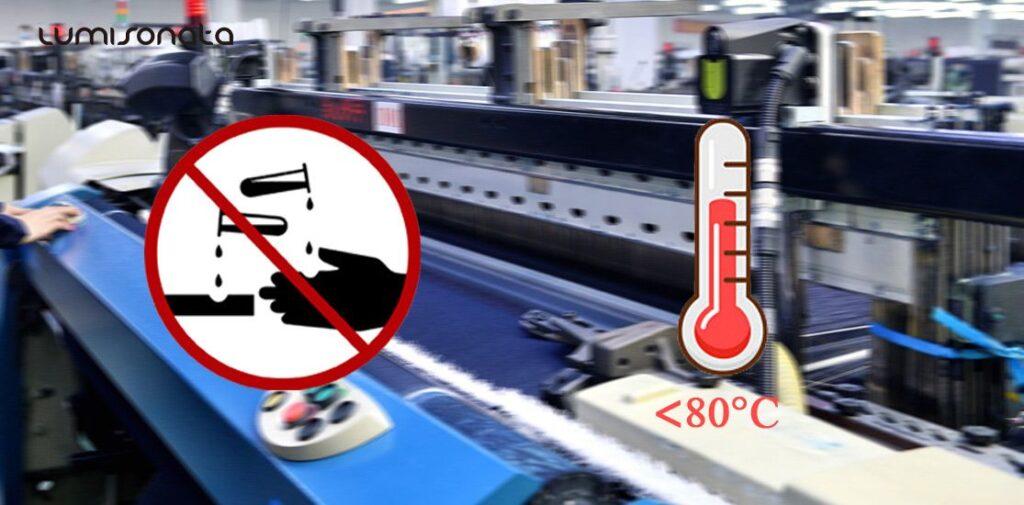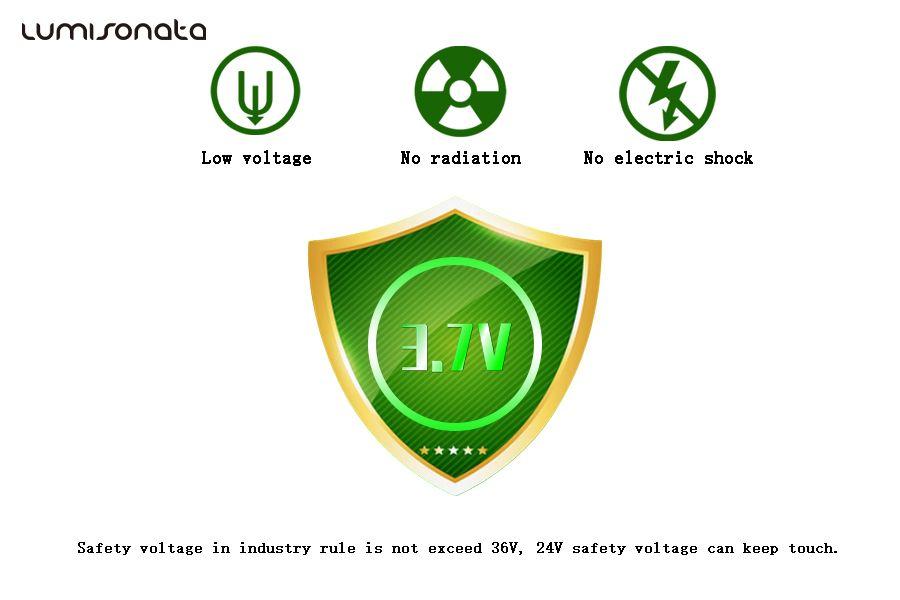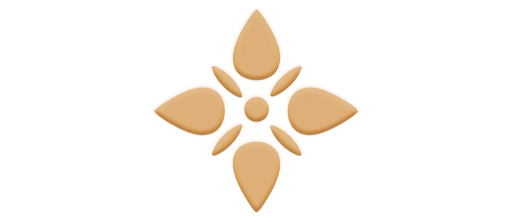Optical fiber cloth, also known as LED luminous cloth, fiber optic fabric, or luminous cloth, is a textile material made from plastic optical fibers woven through a warp and weft.

The F5LED combined with the electronic control system and optical processing allows the fabric tolight up and change color, and this is what makes it a high-tech fabric.
1. How are fiber optic fabrics woven?
Optical fiber fabrics are generally woven on rapier looms. When producing fabric, textile engineers use plastic optical fibers (typically 0.25MM or 0.50MM diameter specifications) as part or all of the weft or warp threads.
The weave process uses a standardized method, but special treatments are needed based on the characteristics of the plastic optical fibers. During the weaving of the optical fibers, a certain length of fiber must be reserved at both ends of the fabric. In other words, there must be a length of fiber that is not interwoven with the warp threads, as shown in the video.

When dyeing and finishing weaving fabrics, strong acids and alkalis should not be used, and the temperature should not exceed 80 degrees Celsius.
2. Now that the fabric is woven, how can we make our fabric have a luminance effect?
You need to cut the fiber fabric according to the desired size and specifications, then fix the exposed fiber bundles at both ends of the fabric, cut the fiber bundle with a hot fiber optic cutter, and then connect the fiber bundle with the LED (F5 round head RGB) light source on the flat end. Connected to the PCBA, the LED can be powered by batteries.

Now, I’ll tell you the specifications of the LED, battery, and PCB. LUMISONATA’s team, with the purpose of improving efficiency and quality, created a new set of couplers, as shown in the figure, so that manufacturers can screw them like screws, which will make the process easier.

After the fiber optic fabric is connected to the light source, it can be tested by lighting the LED. There is a possibility that the fabric, at this point, is not bright at all, and the light is also very dim. This is due to the PE protective layer over the plastic optical fiber.
Next, I will explain briefly how plastic optical fibers (also known as POF) are constructed. The core materials of plastic optical fiber (POF) are highly transparent polymers such as polystyrene (PS), polymethyl methacrylate (PMMA), and polycarbonate (PC), and the outer materials are PMMA, fluoroplastics, etc.

Different materials have varying light attenuation properties and temperature applications. As a result, we need to perform side-lighting on the POF of the fabric.
Treatment methods include either physical methods, such as removing the POF’s skin with sharp instruments, or chemical methods, such as soaking the POF in chemical reagents. Simply put, the light source has to be used.
In order to improve efficiency and be suitable for industrialized mass production, LUMISONATA has now developed a set of automatic laser processing equipment for side-emitting light. An optical fiber fabric illuminated with a light source is shown in the following picture:
3. Now, let's talk about three of the most important characteristics of fiber optic fabrics: safety, technology, and style/fashion.

a) Safety: The whole process is based on guiding light. Optical fibers transmit light from the LED light source to the fabric. The fabric itself does not emit radiation, heat, or electricity.
Secondly, the LED light is made with F5 RGB LED lamp beads. Voltage is normally 3.5 volts, and current is normally 20 to 60 mA. In addition, the controller is powered by a polymer lithium battery with a voltage of 3.5 volts.
As we know safety voltage in industry rule is not exceed 36V ,24V safety voltage can keep touch ,our products only have 3.5 volts . so there is no need to worry about the electric shock problem.
Thirdly, the optical fiber fabric and control system have been tested and certified, with FCC, CE, ROHS, and SGS certifications, and their safety has been confirmed by the corresponding authorities.
Fourthly, Shenzhen Fashion Luminous Technology Co. Ltd. has been in this industry for nine years, and products have been produced in developed countries like Europe and the United States, and there has never been a safety accident. Optical fiber fabrics have proven to be safe in practice.
b) Technology: It can be controlled by a mobile phone app, it utilizes artificial intelligence, and it is a relatively high-tech fabric.

c) Fashion: Celebrities have begun to use luminous fabrics in fashion shows throughout the world. This is slowly becoming a fashion trend.
4. Widespread use of optical fiber fabrics:
As the technology for applying optical fiber fabrics matured in recent years, usage of such opticalfabrics has grown.
Fiber optic fabrics can be used wherever fabrics are used, including fiber-optic clothing, fiber-opticbags, shoes, and hats, fiber-optic home textiles, automotive interiors, gifts, medical care, andinterior decoration.
When it comes to application scenarios, fiber optic fabrics are ideal for parties and banquets. Theirunique characteristics dictate that their application environment should be below 50 lumens.Generally, these types of environments lend themselves beautifully to fiber optic fabrics andproducts. Their visual appeal adds a cool, sophisticated feel to banquets, parties, and individualevents.

